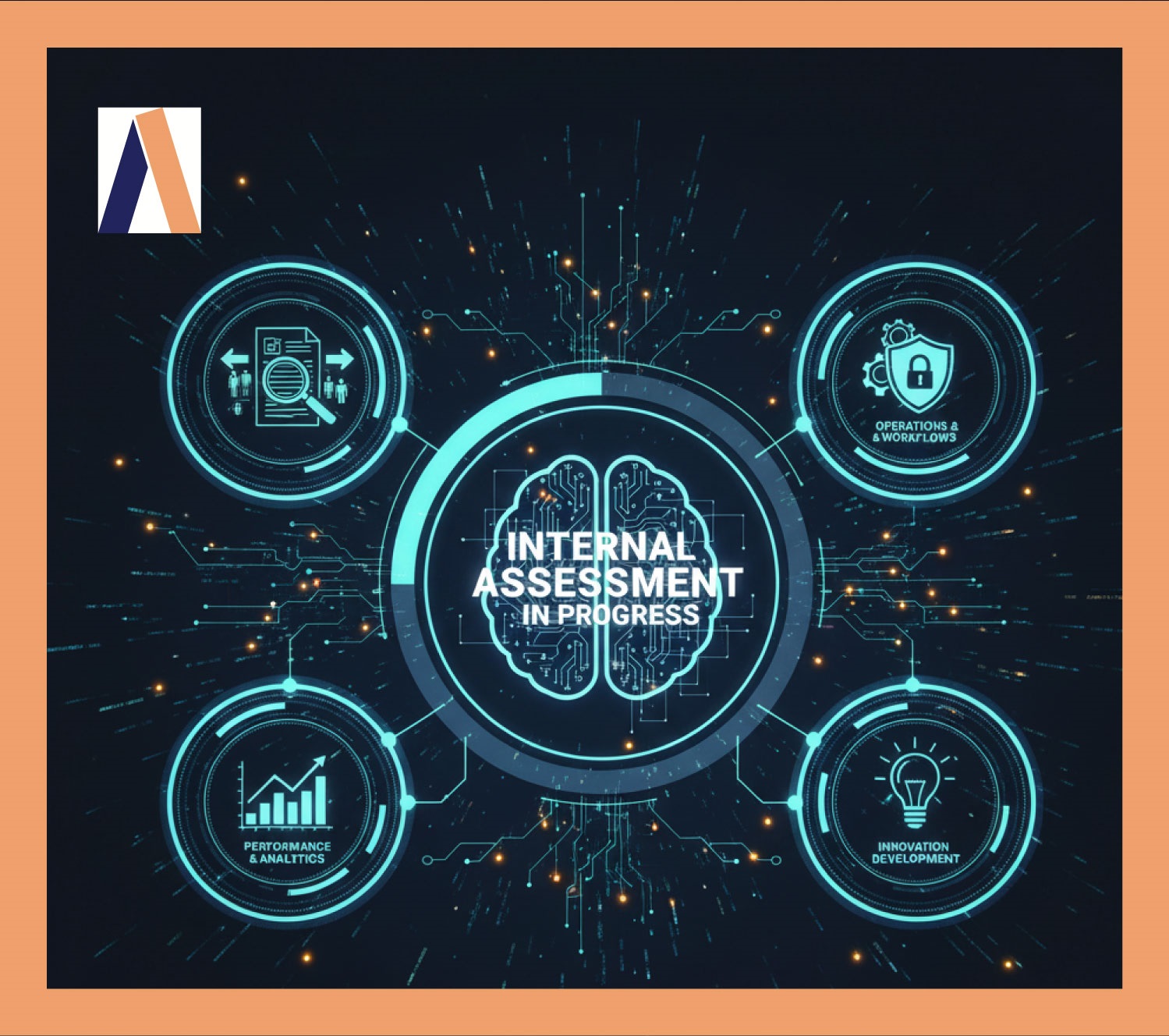
Rebranding in Dubai
A “scientific approach” to brand audit and rebranding, especially in a dynamic market like Dubai
Areesto Branding Agency Rebranding services in Dubai is data-driven, systematic methodology designed to diagnose a brand’s current health, identify its weaknesses, and execute a rebrand that is not just aesthetically pleasing but is strategically engineered for business growth.
Here’s a breakdown of the scientific approach to brand audit and rebranding, with specific considerations for the Dubai market.
Phase 1: The Scientific Brand Audit (Diagnosis)
A brand audit is the diagnostic phase, where you gather objective data to understand the gap between your brand’s current state and its desired future. In a market as diverse and competitive as Dubai, this phase is critical.
1. Internal Assessment (The ‘Why’ and ‘Who’ of the Brand)
This is about getting a clear, unbiased picture of your company from the inside out.
- Stakeholder Surveys and Interviews: Use structured questionnaires and interviews to gather insights from employees at all levels, from the CEO to frontline staff. Questions should focus on the brand’s purpose, values, mission, and how well the current brand identity aligns with these. The goal is to uncover any internal inconsistencies or a lack of alignment.
- Cultural Audit: In a city like Dubai, which is a multicultural hub, it’s crucial to assess if the internal company culture reflects the brand’s external promise. Are employees empowered to deliver on the brand’s promise? Does the internal culture resonate with the diverse workforce?
- Data Analysis: Go beyond surveys. Analyze internal sales data, employee retention rates, and customer service metrics (e.g., ticket resolution time). A high rate of customer complaints or employee turnover could signal a disconnect between the brand’s promise and its delivery.

2. External Assessment (The ‘What’ and ‘How’ of the Brand)
This phase focuses on how the market perceives your brand and where it stands against competitors.
Quantitative Market Research:
-
- Surveys: Conduct online surveys with your target audience (both customers and non-customers) to measure brand awareness, perception, and key associations.
- Website Analytics: Dive into Google Analytics to understand user behavior. Look at bounce rates, time on site, and conversion funnels to see if your brand’s digital presence is effective.
- Social Media Analytics: Use tools to analyze engagement rates, sentiment analysis of brand mentions, and audience demographics. In Dubai, this is particularly important for understanding which platforms and content styles resonate with different cultural groups.
Qualitative Market Research:
-
- Customer Interviews: Conduct one-on-one or focus group interviews with your customers to get a deeper understanding of their emotional connection to your brand. Ask them about their experiences, pain points, and what they value.
- Competitor Analysis: Perform a detailed SWOT analysis of your top 3-5 competitors. Analyze their branding, messaging, visual identity, and online presence. The goal is to identify common themes and, more importantly, opportunities for differentiation. In a saturated market like Dubai, finding a unique space is key.
-
SEO and Search Data Analysis:
Use tools to analyze keyword rankings and search volume for your brand and your competitors. A decline in branded search queries or a low share of voice in the market indicates a loss of relevance.
Phase 2: The Rebranding Strategy (Prescription)
The findings from the brand audit become the foundation for a new, data-backed brand strategy. This is where you develop the “prescription” to regrow the business.
1. Redefine the Brand Foundation
Based on the data, you may need to redefine your core brand elements:
- Brand Purpose: Re-articulate your company’s “why.” In Dubai, where consumer values are shifting, this might involve integrating a social or environmental purpose.
- Brand Positioning: Develop a new positioning statement that clearly differentiates you from competitors. For example, if your audit reveals that all competitors focus on “luxury,” your new positioning could be “accessible luxury” or “sustainable luxury” to carve out a new market.
- Unique Value Proposition (UVP): Clearly state what makes your brand better or different. This isn’t just a tagline; it’s a promise that the entire company must deliver on.
2. Create the New Brand Identity (Visuals and Voice)
The new brand identity is not a creative exercise; it’s a strategic solution to the problems identified in the audit.
- Visual Identity: The new logo, color palette, typography, and imagery must be designed to reflect the new brand positioning. The visuals should be tested with the target audience to ensure they evoke the desired emotions and associations.
- Verbal Identity: The new brand voice and messaging should be consistent across all channels. This includes the tone of your social media posts, the language on your website, and the scripts for your sales team. This is particularly important in Dubai’s bilingual (English and Arabic) market.

2. Create the New Brand Identity (Visuals and Voice)
The new brand identity is not a creative exercise; it’s a strategic solution to the problems identified in the audit.
- Visual Identity: The new logo, color palette, typography, and imagery must be designed to reflect the new brand positioning. The visuals should be tested with the target audience to ensure they evoke the desired emotions and associations.
- Verbal Identity: The new brand voice and messaging should be consistent across all channels. This includes the tone of your social media posts, the language on your website, and the scripts for your sales team. This is particularly important in Dubai’s bilingual (English and Arabic) market.
Phase 3: The Execution and Performance Measurement (Treatment and Monitoring)
Rebranding is not complete at launch. The scientific approach requires ongoing monitoring to ensure the rebrand is achieving its goals.
- Phased Rollout: Consider a phased rollout of the new brand to minimize risk. For example, launch the new website first, followed by social media and marketing materials, before moving on to physical assets.
- A/B Testing: Continuously test different elements of the new brand. A/B test a new tagline on a landing page or try different visual creatives on social media ads to see which perform better in terms of conversions.
- Ongoing Measurement: Use the same metrics from your initial audit to track the rebrand’s impact.
- Are brand search queries increasing?
- Is your website’s conversion rate improving?
- Has the sentiment around your brand on social media improved?
- Are customer acquisition costs decreasing?
Rebranding In Dubai By Areesto
By following this Areesto’s methodology, a brand can turn a rebrand from a risky, creative venture into a calculated business investment, ensuring that every change made is a step toward tangible, measurable business growth in the competitive Dubai market.
Contact us now
